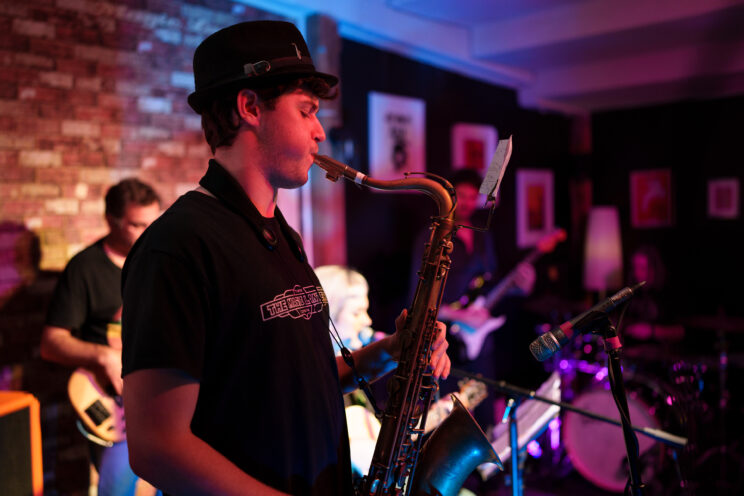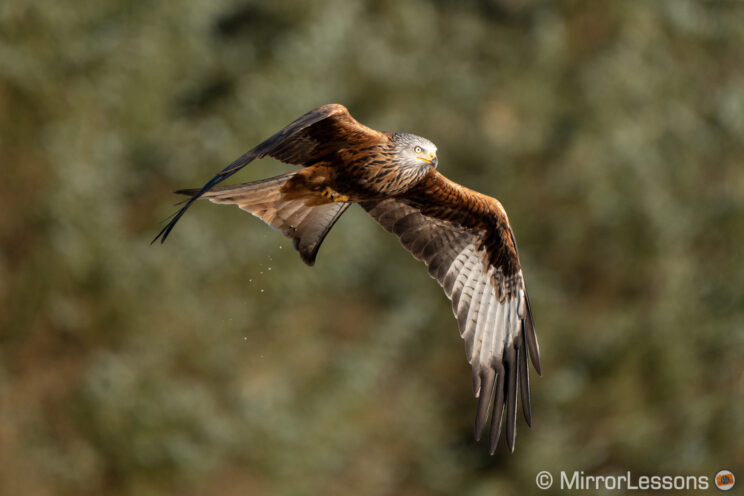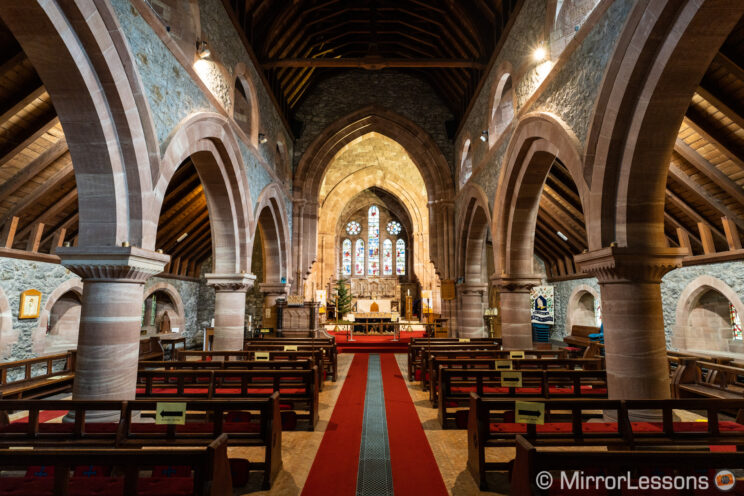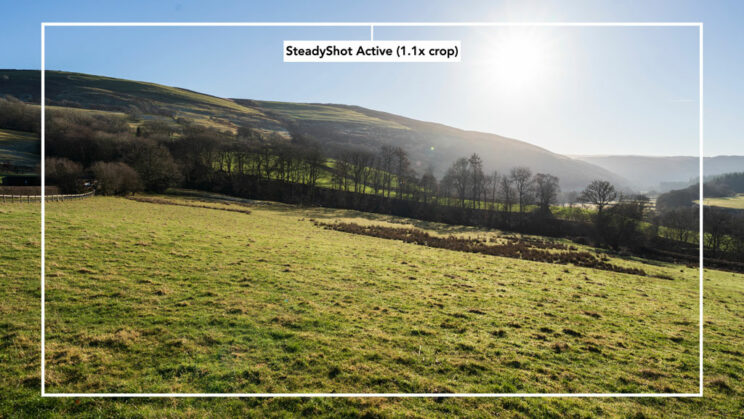The A7C II is essentially a more compact iteration of the A7 IV. While there are some notable distinctions in design and button layout, they also share several fundamental specifications, such as the image sensor and video quality.
Nonetheless, because the A7C II is the more recent release, it incorporates a few hardware and software updates that you won’t find in the A7 IV.
In this article, I’ll explain all the significant differences you should be aware of to help you decide which camera suits your preferences best. But before delving into that, let’s first take a look at their similarities.
What the A7C II and A7 IV share in common:
- 33MP BSI full frame sensor
- ISO 100-51,200 (50-204,800 with extended values)
- 10fps continuous shooting
- 4K video up to 30p with no crop and oversampling
- 4K video up to 60p with APS-C crop and oversampling
- 10-bit 4:2:2 internal recoding, 600Mbps max.
- SLog3, S-Cinetone and HLG profiles
- Breathing Compensation (works with select lenses only)
- 3.0-in multi-angle LCD monitor with touch sensitivity
- microphone in and headphone out (3.5mm jack)
- NP-FZ100 battery
- Streaming via USB
- Wifi / Bluetooth
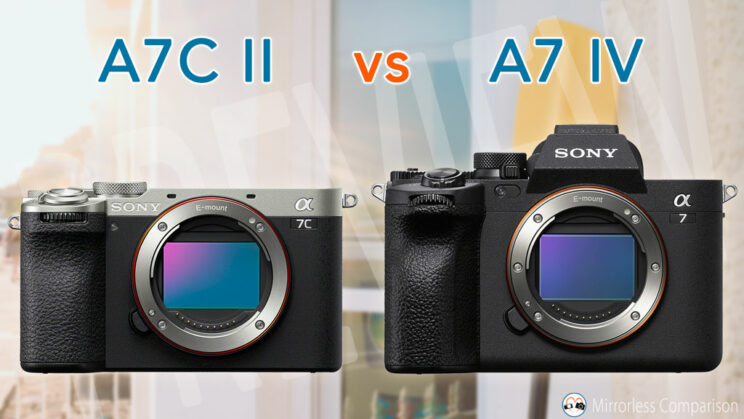
Ethics statement: the following is based on official information and our personal experience with the A7 IV. We were not asked to write anything about this product, nor were we provided any compensation of any kind. Within the article, there are affiliate links. If you buy something after clicking one of these links, we will receive a small commission. To know more about our ethics, you can visit our full disclosure page. Thank you!
1. Design and Functionality
Both cameras are weather-sealed, but the A7C II distinguishes itself by being lighter and more compact compared to the A7 IV. Additionally, the front grip on the A7C II is smaller.
- A7 IV: 131.3 x 96.4 x 79.8mm, 658g
- A7C II: 124 × 71.1 × 63.4mm, 514g
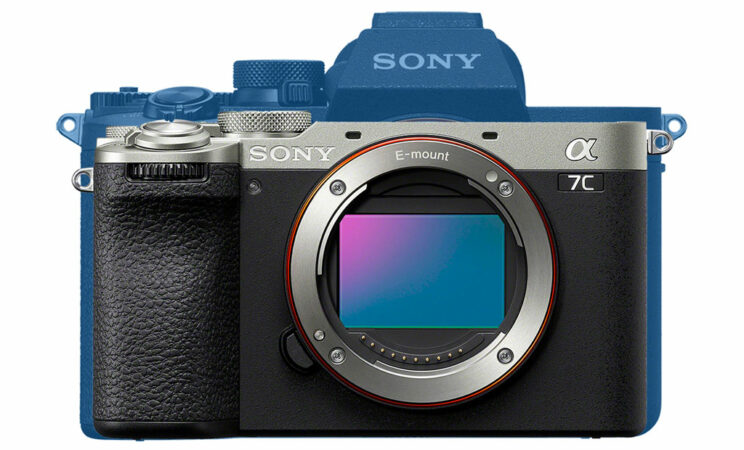
The design of the A7C II closely resembles that of the A6xxx APS-C series, particularly the latest model, the A6700. It is available in black or silver/black, whereas the A7 IV is offered in an all-dark version only.
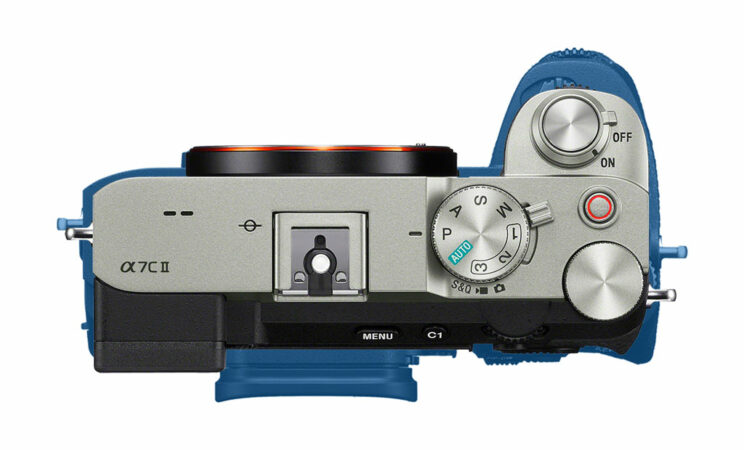
The larger body of the A7 IV incorporates a heat dissipation structure specifically designed to prevent overheating when recording 4K video, potentially giving it an advantage over the smaller camera in this regard. The build quality also looks a bit stronger, if we consider for example the presence of six screws on the mount versus four on the C model.
Due to its compact size, the A7C II features fewer buttons compared to the A7 IV. Notably, it lacks the AF joystick on the rear, as well as an additional custom button and an extra dial on top.
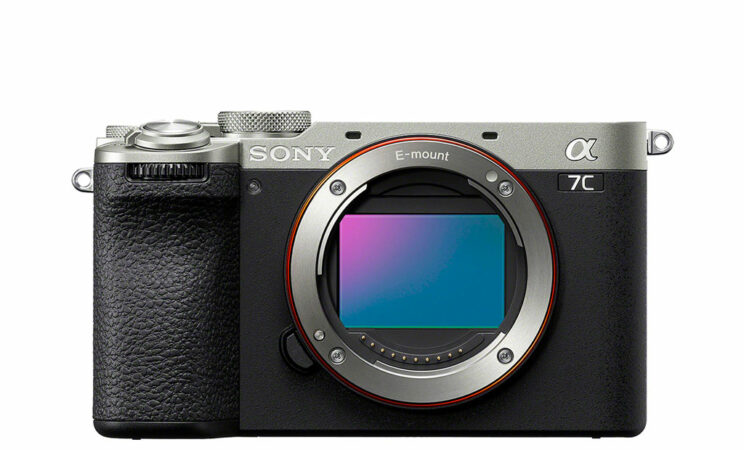
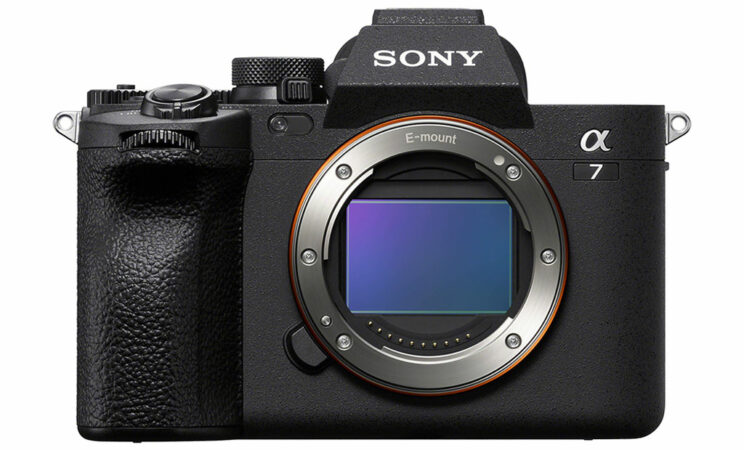
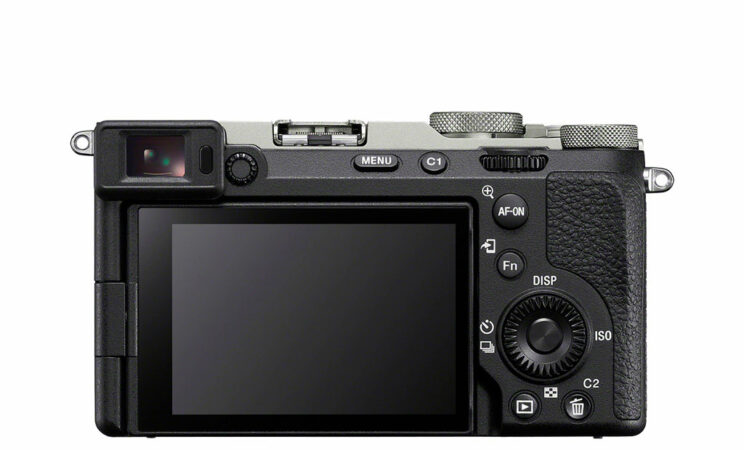
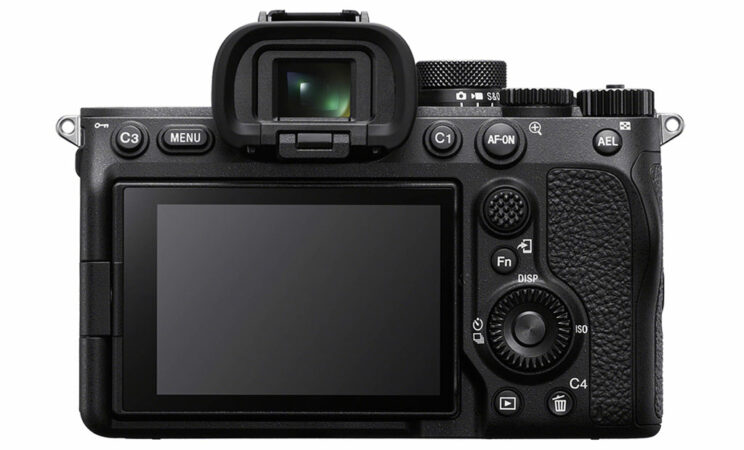
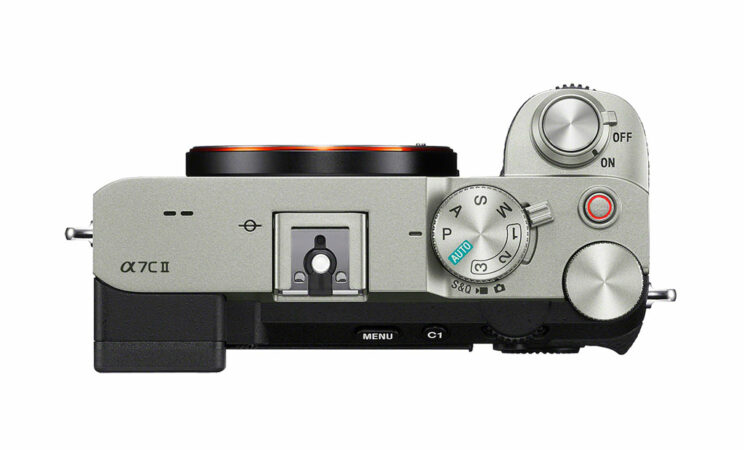
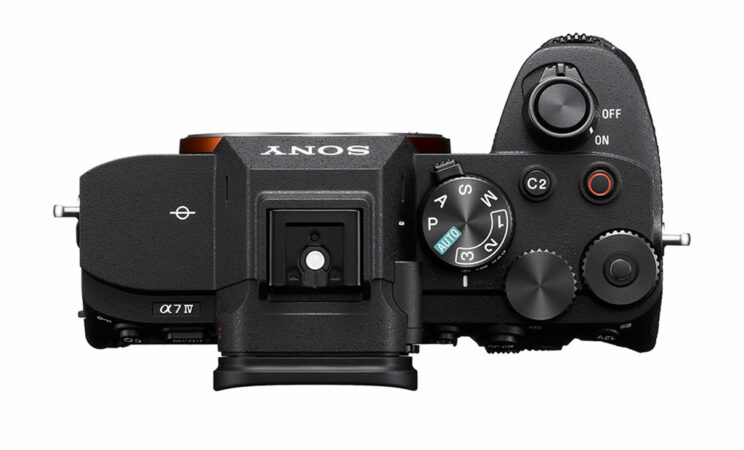
The A7C II provides some additional touch screen capabilities, most notably the ability to change settings by simply tapping icons on the live view.
Regarding connectivity, both cameras include a microphone input, a headphone output, and the digital audio-compatible multi-interface shoe. However, the A7 IV offers a full-size HDMI port (as opposed to the Micro HDMI on the A7C II) and its USB-C port operates at 10Gbps (versus 5Gbps on the A7C model).
Lastly, both cameras share the same battery (NP-FZ100), but the A7C II has a slightly lower rating according to the CIPA standard: 540 frames versus 610 on the A7 IV (when using the LCD screen). Both cameras support USB charging and power delivery.
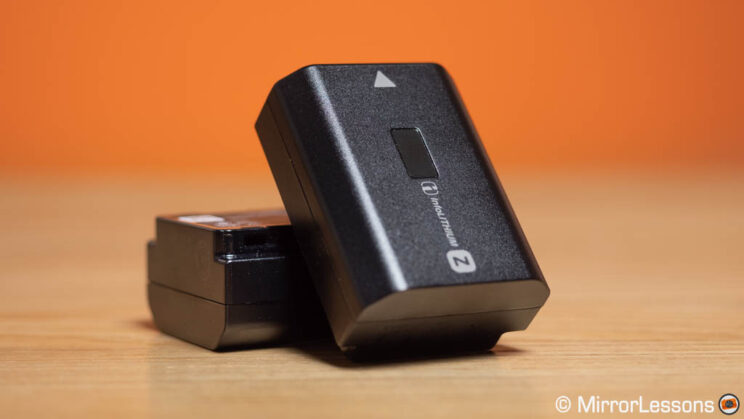
It’s worth noting that neither camera includes a dedicated battery charger in the box, and the A7C II doesn’t even come with a mains plug or a USB cable.
Reminder: the links below are affiliate links. If you decided to buy something after clicking the link, we will receive a small commission.
Check the price of the Sony A7C II on
B&H Photo
Check price of the Sony A7 IV on
Amazon | Amazon UK | B&H Photo | eBay
2. Viewfinder
The positioning of the EVF differs between the two cameras. On the A7C II, it is embedded in the main frame, located on the left, akin to a rangefinder camera. In contrast, on the A7 IV, it protrudes from the top, positioned at the center, resembling an SLR camera.
The A7 IV‘s viewfinder boasts higher resolution (3.69 million dots vs. 2.36 million dots) and is also larger, featuring a 0.5-inch OLED panel compared to the A7C II‘s 0.39-inch version. The magnification is greater for the A7 IV (0.78x vs. 0.70x), and it offers a longer eyepoint (23mm vs. 22mm). Both EVFs support a refresh rate of up to 120Hz.
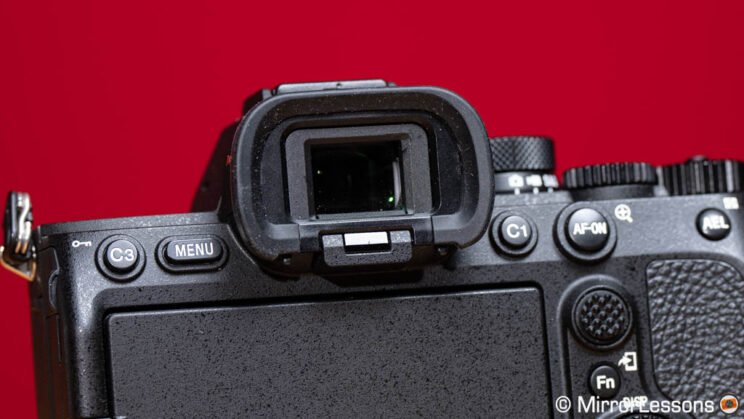
3. Memory Cards
The A7 IV has the advantage of using two cards simultaneously. Both slots are compatible with UHS-II SD cards, and slot number 1 can also accommodate a CFexpress card (Type A). The CFexpress card is more expensive, but it provides optimal performance in terms of buffer and continuous shooting speed, and is essential when recording 4K at the highest quality with the S&Q mode.
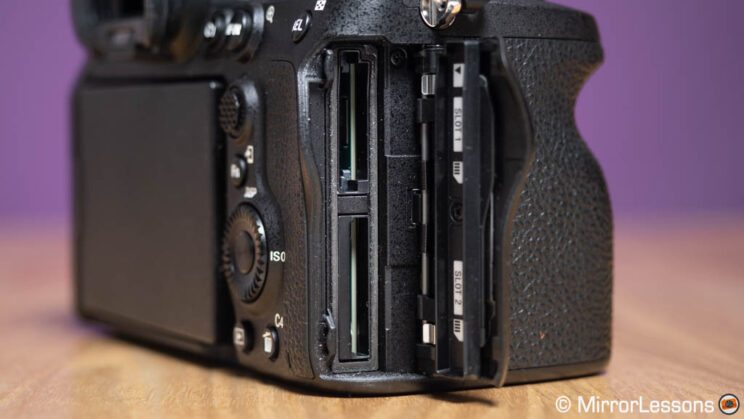
In contrast, the A7C II features only one SD card slot, but at least it is compatible with the UHS-II standard.
4. Autofocus
Both cameras feature 759 phase detection points distributed on 94% of the sensor surface.
In low-light conditions, their ratings align, standing at -4.0EV (measured at ISO 100 and f/2).
Both models are equipped with Sony’s advanced real-time tracking technology and possess the capability to recognize humans and animals.
However, the A7C II features a more advanced iteration of deep learning subject recognition, which is further powered by a dedicated A.I. chip (the same introduced with the A7R V). Consequently, it can detect more parts of human and animal bodies and is also capable of recognizing a broader range of subjects.
Subject Detection
A7C II
A7 IV
Humans
Face, Head, Eyes, Body (with pose estimation)
Face, Eyes
Animals
Body, Head, Eyes
Eyes
Birds
Body, Head, Eyes
Eyes
Insects
Yes
No
Trains
Yes
No
Airplanes
Yes
No
Cars
Yes
No
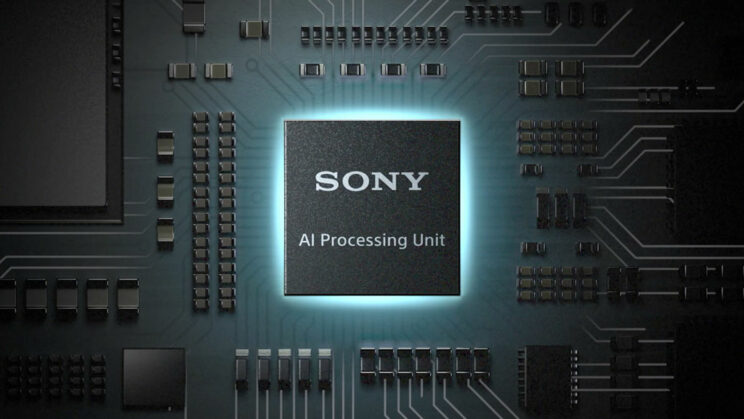
Reminder: the links below are affiliate links. If you decided to buy something after clicking the link, we will receive a small commission.
Check the price of the Sony A7C II on
B&H Photo
Check price of the Sony A7 IV on
Amazon | Amazon UK | B&H Photo | eBay
5. Shutter
Regarding the shutter mechanism, the A7C II offers a maximum shutter speed of 1/4,000s with the Mechanical shutter and 1/8,000s with the electronic shutter.
On the other hand, the A7 IV‘s maximum shutter speed tops out at 1/8,000s (regardless of the shutter mode used).
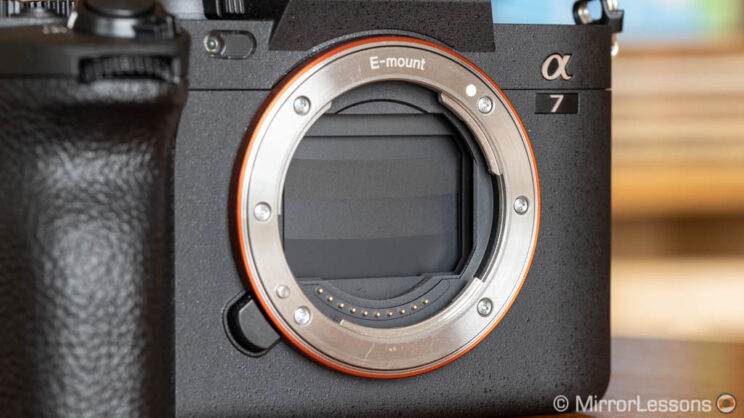
It’s crucial to note that despite Sony labeling it as a “mechanical shutter” for the A7C II, the camera does not have a full mechanical mechanism. Instead, it employs the electronic-first curtain shutter (EFCS), in addition to providing the option of a full electronic shutter.
While the absence of a complete mechanical shutter is not typically a deal-breaker, it’s important to be aware that the EFCS comes with certain limitations.
For example, when using a fast aperture and shutter speed (e.g., f/1.4 and 1/4000s), you might get distorted and less attractive bokeh. Similar settings may also result in uneven exposure, where one side of the image appears slightly darker than the other. Furthermore, artificial lighting such as LEDs can induce banding (regardless of the aperture or shutter speed), although it’s not as pronounced as with the standard electronic shutter.
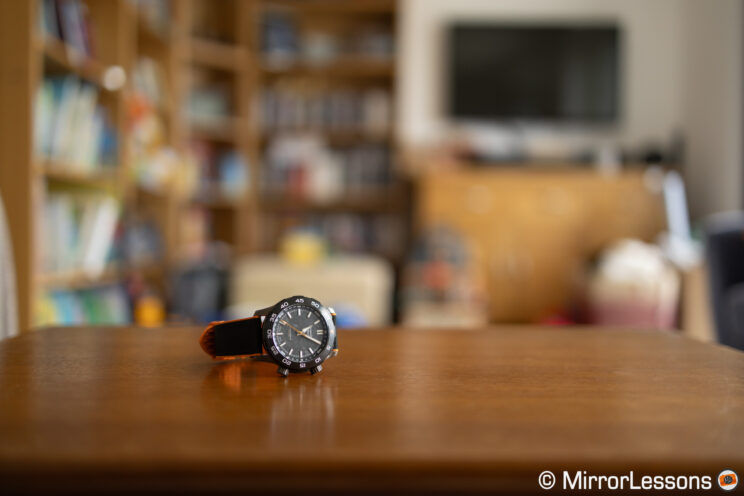
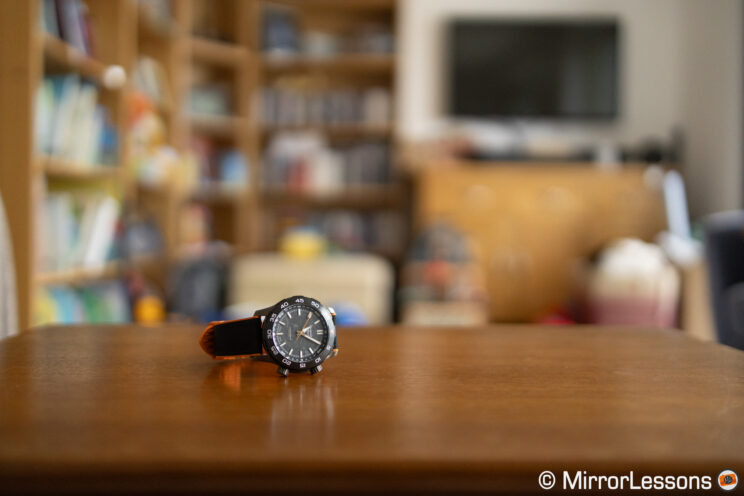
When these limitations become noticeable, switching to the full electronic shutter is your only option on the A7C II. However, this introduces its own limitations, such as distortion when panning quickly (known as rolling shutter effect) and invasive banding with artificial lights.
In contrast, the A7 IV offers all three modes: full mechanical, EFCS, and full electronic, ensuring that you always have the option to revert to the full mechanical shutter when the other two modes fall short.
6. Buffer
Both cameras are capable of shooting at speeds of up to 10 frames per second in continuous mode. It’s important to note that this speed applies to JPGs and Compressed RAW files. If you opt for Lossless Compressed or Uncompressed RAW, the speed decreases to 6 fps.
The A7 IV boasts a significant advantage in terms of buffer capacity, particularly when using a CFexpress card. With JPG Fine or Compressed RAW, the camera can capture more than 1,000 frames, allowing you to shoot at 10fps for over a minute without a slowdown.
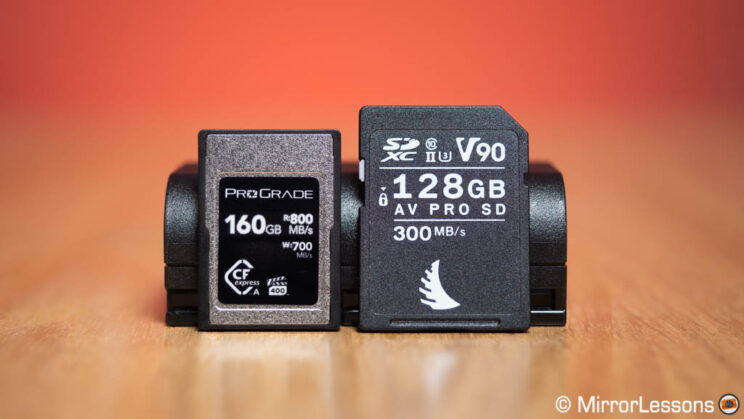
With a SD card, the performance on the A7 IV is the same for JPGs, but less impressive with RAW, lasting for only 50 frames.
On the other hand, the A7C II can handle 44 Compressed RAW files and 1,000 JPGs (Fine quality) at full speed, according to Sony’s specifications.
7. Image Stabilisation
Both cameras are equipped with 5-axis in-body stabilization, but the A7C II comes with a superior rating of 7 stops of compensation. This provides the smaller camera with a two-stop advantage over the A7 IV, which has a rating of 5.0 stops.
In practical terms, this means you should expect more stable performance when capturing images at slow shutter speeds, as well as smoother results when moving with the camera during video recording.
Moreover, both models include an Active SteadyShot mode for video and support post-production stabilization through Sony Catalyst software. This app can analyze the gyro sensor data embedded in the video files to produce more precise results. However, based on my experience thus far, it’s worth noting that this process leads to a decrease in sharpness in the exported files.
Reminder: the links below are affiliate links. If you decided to buy something after clicking the link, we will receive a small commission.
Check the price of the Sony A7C II on
B&H Photo
Check price of the Sony A7 IV on
Amazon | Amazon UK | B&H Photo | eBay
8. Auto Framing mode
Since the introduction of a dedicated A.I. processing chip in its cameras, Sony has developed features designed to work in conjunction with the subject detection capabilities.
One of these features, the Auto Framing mode, is available on the A7C II. When activated, the camera will crop the sensor and adjust the composition automatically to keep the subject at the center while they are in motion.
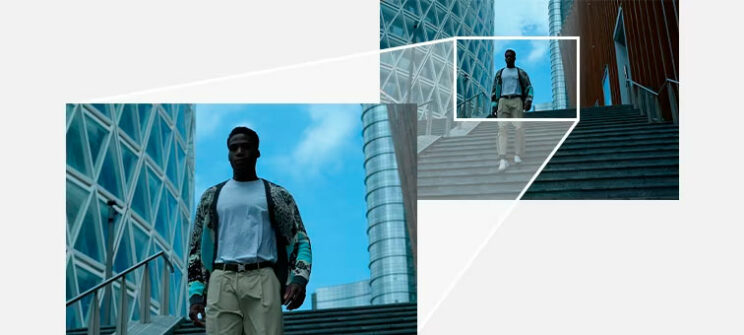
This is a situation that would typically require a second person behind the camera to pan and zoom accordingly. Auto Framing can be particularly useful for solo videomakers who frequently speak in front of the camera.
9. Look-Up Tables
In simple terms, a Look-Up Table (LUT) is like a picture preset that enables you to modify colors, contrast, tones, and more. It’s frequently used for grading video footage that has been recorded with Log gamma curves.
With the A7C II, you have the capability to load and apply your own custom LUTs. You can use them as a preview on the camera’s monitor or apply them directly to the recorded footage. This means you can have files ready to use without the necessity of color grading in post.
10. Price
The A7C II is introduced to the market with a retail price of $2200, £2100, or €2400 for the body only.
On the other hand, the A7 IV is the pricier option and is available for $2500, £2400, or €2700.
Please note that these prices are as of September 2023.
Reminder: the links below are affiliate links. If you decided to buy something after clicking the link, we will receive a small commission.
Check the price of the Sony A7C II on
B&H Photo
Check price of the Sony A7 IV on
Amazon | Amazon UK | B&H Photo | eBay
You might also be interested in the following articles:
Final thoughts
If we focus on the body design, the pros of the A7 IV become apparent: it boasts two memory card slots (with the option to use the faster CFexpress card in the first slot), a more substantial grip, a larger viewfinder, and additional buttons, including an AF joystick. The larger body also incorporates better heat dissipation, which will be an advantage for extended recording sessions.
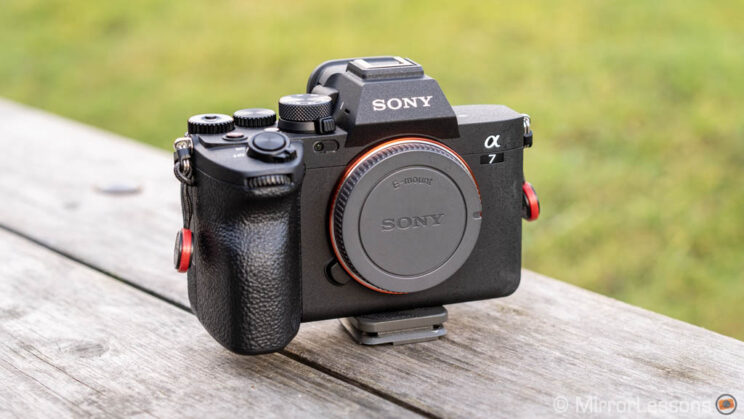
However, if you can do without these features, and if you prioritise a compact and lightweight camera, the A7C II makes a compelling case for itself. Not only does it share the same sensor and image processor, ensuring identical image and video quality, but it also benefits from superior AF capabilities by inheriting the latest updates Sony has introduced in its more recent models. In essence, the A7C II is a smaller yet more advanced camera than the A7 IV.
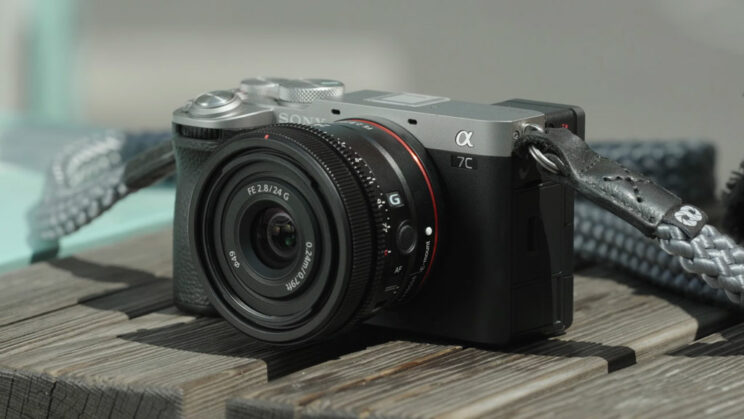
As is often the case with cameras, one isn’t necessarily better than the other; it’s a matter of which product aligns better with your specific needs. Professional photographers will likely lean towards the A7 IV for various reasons, including the option of having a backup while shooting. However, enthusiasts or travel photographers might be enticed by the A7C II‘s compact form factor.
Reminder: the links below are affiliate links. If you decided to buy something after clicking the link, we will receive a small commission.
Check the price of the Sony A7C II on
B&H Photo
Check price of the Sony A7 IV on
Amazon | Amazon UK | B&H Photo | eBay

